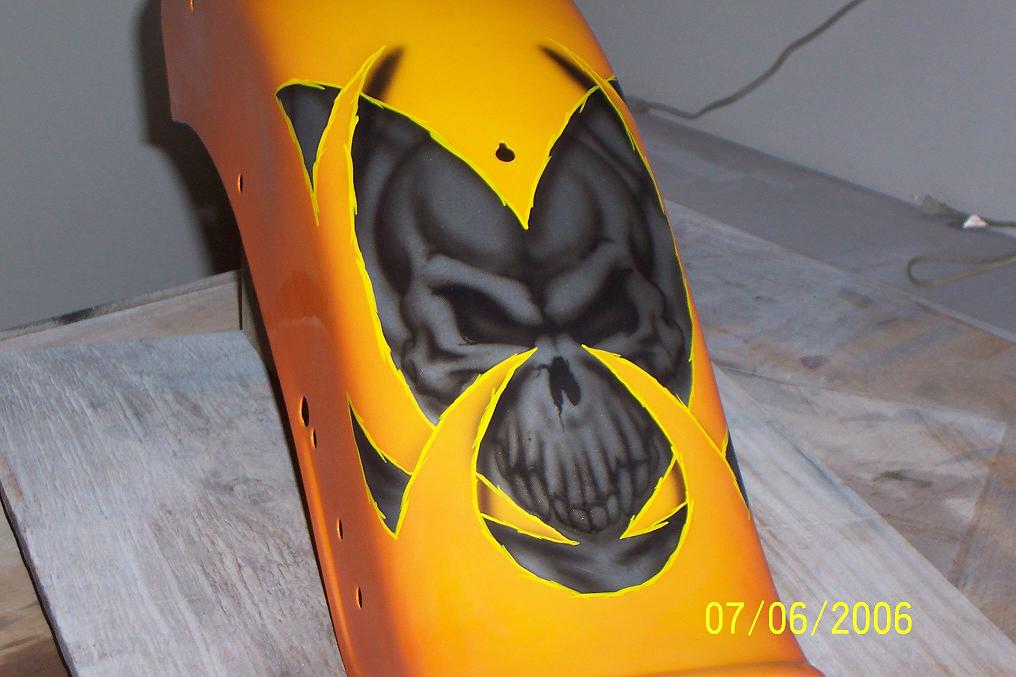
 |
|
||||||||||||
|
|
|||||||||||||
|
|
|||||||||||||
|
|
|||||||||||||
|
Protective coatings are used in corrosion protection practice to isolate metal from aggressive media. To ensure good protection against corrosion the coating must be continuous, have good adhesion with the base metal (bonding), be impervious to corrosive media, evenly distributed over the surface, have high wear resistance, heat resistance and hardness (in some cases). Protective coatings are subdivided into metallic and non-metallic. Metallic protective coatings Metallic protective coatings are applied to surfaces (metal, glass, ceramics, plastics, etc.) to protect them from corrosion, to impart hardness, electrical conductivity, wear resistance and for decorative purposes. Protection against corrosion by metal coatings is carried out by the following methods: - metallization by spraying - spraying molten metal on the treated surface by means of an air jet; - the hot method of application of protective coating - dipping the product into a bath of molten metal; - galvanic (electrolytic) - deposition of metal or alloy from aqueous solutions of their salts on the surface of the product by constantly passing an electric current through the electrolyte; - cladding (thermomechanical) - application on the surface of the base metal is another, more resistant to the corrosive environment, using casting, joint rolling or deformed cladding (pressing, forging); - diffusion - the essence of the method lies in the penetration of the metal coating into the surface layer of the base metal under high temperature. By the method of protection metal protective coatings are divided into cathodic and anodic. The nature of this protection against corrosion is due to the fact that the metal coating, in relation to the coated product, can be an anode or cathode (depending on the electrochemical characteristics of the coating metal). Electrochemical protection against corrosion is performed only by anodic coatings. On the surface of the protected product, in the presence of moisture in the environment, a closed galvanic element is formed. The metal with the more electronegative electrochemical potential (coating) will act as an anode, while the substrate is the cathode. Because of the galvanic cell, the metal that is the anode will gradually decay under the influence of the environment, thereby protecting the product. An important aspect of corrosion protection with anodic coatings is that the metal coating will be protective even if it has pores and scratches. A good example of anodic coating is zinc coating on iron. Corrosion protection with cathodic coatings is less common because the cathodic coating only protects the product mechanically. The cathodic protective coating has a more positive electrode potential. At the same time the base metal of the product is an anode, and its dissolution will start intensive when moisture is brought to it. That's why the cathodic coating must be continuous, without the slightest signs of pores and preferably of uniform and relatively high thickness. An example of a cathodic coating is a tin or copper continuous layer on iron. Non-metallic protective coatings Non-metallic protective coatings are used to insulate metal products, protect them from the external environment (moisture), to give a beautiful appearance. Non-metallic protective coatings are commonly divided into paint and varnish, polymer, rubber, grease, silicate enamels, pastes. Paint and varnish protective coatings. Paint and varnish protective coatings are widespread and most frequently used. The coatings consist of film-forming substances, fillers, pigments, plasticizers, solvents, and catalysts. Coating of this kind not only protects the product well in different atmospheres, but also gives it a pleasant appearance. In addition, by varying the composition and the materials used, coatings with specific properties (conductive, non-fouling, luminous, decorative, with increased strength, heat resistance, acid resistance, etc.) are obtained. Paint and varnish protective coatings in turn are divided into varnishes, paints, enamels, primers, varnishes and fillers. |
|
|
|
|
|
|
|
| Site Map |